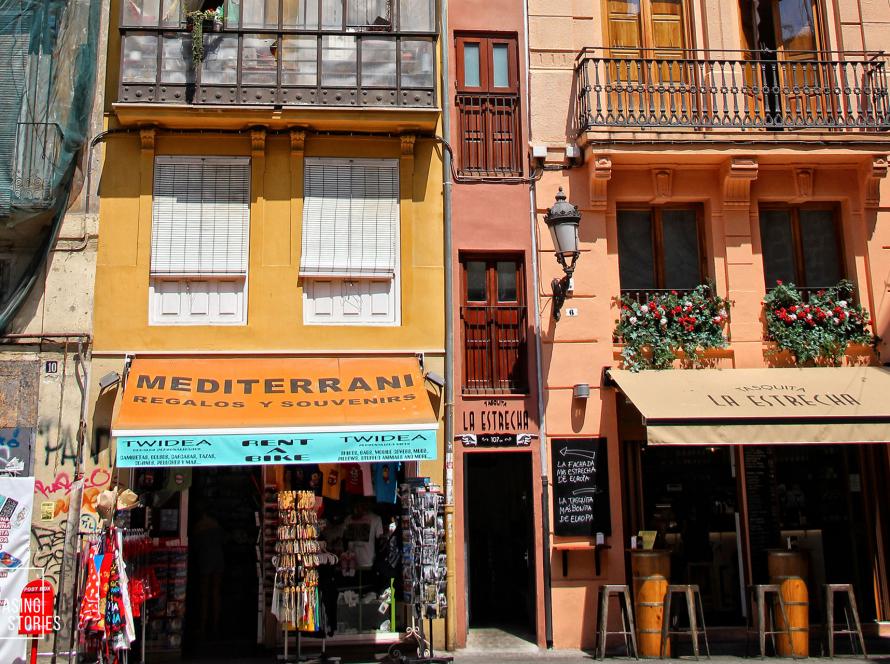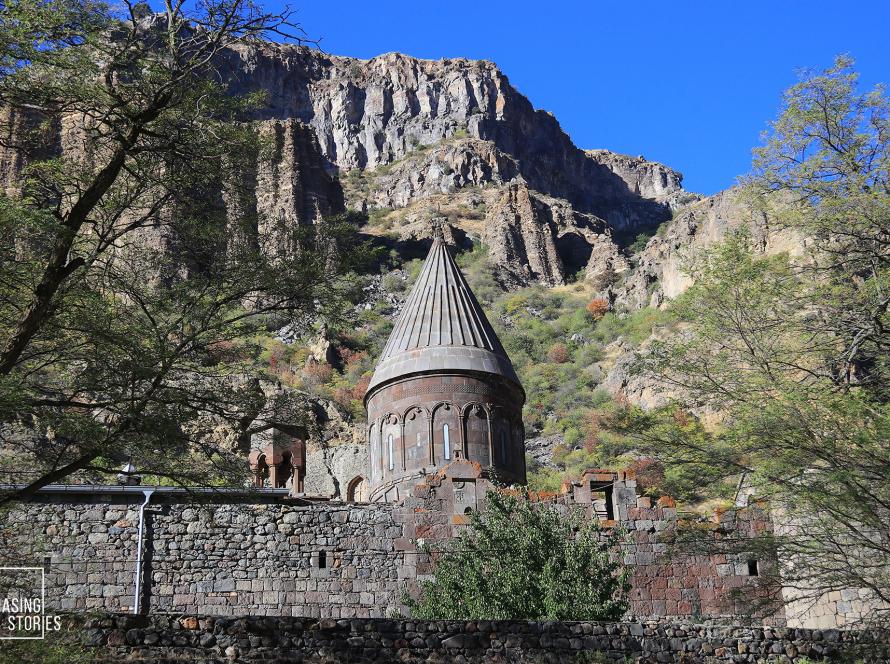Nestled on the northeastern coast of Turkey, overlooking the Black Sea, lies the city of Trabzon, a place rich in history and cultural significance. Among its many attractions, the Hagia Sophia stands out as a remarkable edifice that has witnessed centuries of transformation. Originally built as a church, later converted into a mosque, and now serving as a museum, Hagia Sophia in Trabzon is a testament to the city’s diverse heritage and architectural brilliance. In this blog post, we’ll explore the history, architecture, and cultural significance of this magnificent monument.
Historical Overview
1. Byzantine Origins:
The Hagia Sophia of Trabzon was constructed in the 13th century during the reign of Manuel I Komnenos, one of the emperors of the Empire of Trebizond. This Byzantine church was built on the site of an earlier temple, reflecting the architectural style and religious fervor of the time. Its design was influenced by the larger Hagia Sophia in Istanbul, symbolizing the city’s importance in the Byzantine world.
2. Ottoman Transformation:
In 1461, Trabzon was conquered by the Ottoman Empire, and Hagia Sophia was converted into a mosque. This transformation involved adding a mihrab (prayer niche) and minaret, aligning the structure with Islamic architectural and religious practices. Despite these changes, many of the original Byzantine elements were preserved, creating a unique blend of Christian and Islamic artistry.
3. Modern Era and Museum:
In the early 20th century, Hagia Sophia in Trabzon was secularized and eventually transformed into a museum in 1964. This shift allowed for the preservation and study of its historical and architectural features. In recent years, the building has occasionally been used for religious purposes, reflecting its ongoing cultural and spiritual significance.
Architectural Marvel
1. Exterior Design:
The exterior of Hagia Sophia in Trabzon is characterized by its elegant stone masonry and intricate carvings. The building’s rectangular shape and central dome are typical of Byzantine architecture, while the Ottoman-era additions, such as the minaret, showcase the Islamic influence. The combination of these elements creates a harmonious and visually striking facade.
2. Interior Beauty:
Inside Hagia Sophia, visitors are greeted by a stunning array of frescoes and mosaics that depict scenes from the Bible and Christian iconography. These artworks, dating back to the 13th century, are notable for their vibrant colors and intricate details. The frescoes cover the walls and ceilings, offering a glimpse into the artistic achievements of the Byzantine era.
3. Unique Features:
One of the most distinctive features of Hagia Sophia in Trabzon is its central dome, supported by four large columns. The dome’s interior is adorned with a depiction of Christ Pantocrator, surrounded by angels and apostles. The building also features a beautiful marble floor and elaborately carved capitals on the columns, showcasing the skill and craftsmanship of the period.
Cultural Significance
1. Symbol of Heritage:
Hagia Sophia in Trabzon stands as a symbol of the city’s rich and diverse heritage. It reflects the cultural and religious shifts that have occurred over centuries, from its origins as a Byzantine church to its transformation into an Ottoman mosque and its current status as a museum. This layered history makes it a valuable cultural and historical site.
2. Educational Value:
As a museum, Hagia Sophia offers educational opportunities for visitors to learn about Byzantine and Ottoman art, architecture, and history. The preserved frescoes and mosaics provide insights into the religious and artistic traditions of the time, making it a significant resource for scholars and enthusiasts alike.
3. Tourist Attraction:
Hagia Sophia is a major tourist attraction in Trabzon, drawing visitors from around the world. Its stunning architecture, historical significance, and breathtaking views of the Black Sea make it a must-visit destination. The site is also a popular spot for photography, with its picturesque setting and intricate details providing endless opportunities for capturing its beauty.
Visiting Hagia Sophia in Trabzon
1. Location and Accessibility:
Hagia Sophia is located in the Ortahisar district of Trabzon, easily accessible by public transportation, taxi, or car. The site is well-signposted, and its prominent location makes it a straightforward destination for visitors.
2. Opening Hours and Admission:
The museum is typically open daily, with specific hours varying by season. It is advisable to check the official website or local tourism information for the most up-to-date details. Admission fees are usually nominal, with discounts available for students, seniors, and groups.
3. Guided Tours:
To fully appreciate the history and architecture of Hagia Sophia, guided tours are highly recommended. Knowledgeable guides provide detailed explanations of the building’s features and historical context, enriching the visitor experience. Audio guides and informational brochures are also available for those who prefer a self-guided tour.
Conclusion
Hagia Sophia in Trabzon is a remarkable monument that encapsulates the rich tapestry of history, culture, and architecture in the region. Its evolution from a Byzantine church to an Ottoman mosque and finally a museum reflects the dynamic heritage of Trabzon and Turkey as a whole. Whether you’re a history enthusiast, an architecture aficionado, or simply a curious traveler, a visit to Hagia Sophia offers a profound and unforgettable experience. As you explore its halls and marvel at its artistry, you’ll be transported through centuries of history, witnessing the enduring legacy of this extraordinary site.



